
If you didn’t know it was real, you’d probably think it was some kind of dream.
Teams with names like the Honolulu Sharks, Waikiki BeachBoys and Maui Stingrays.
Fields plowed over old sugarcane farms and set in places called Rainbow Stadium.
Young prospects like Todd Helton, Daniel Murphy and Ichiro Suzuki roaming around islands way out in the Pacific – playing before anybody knew who they really were.
Baseball in Hawaii.
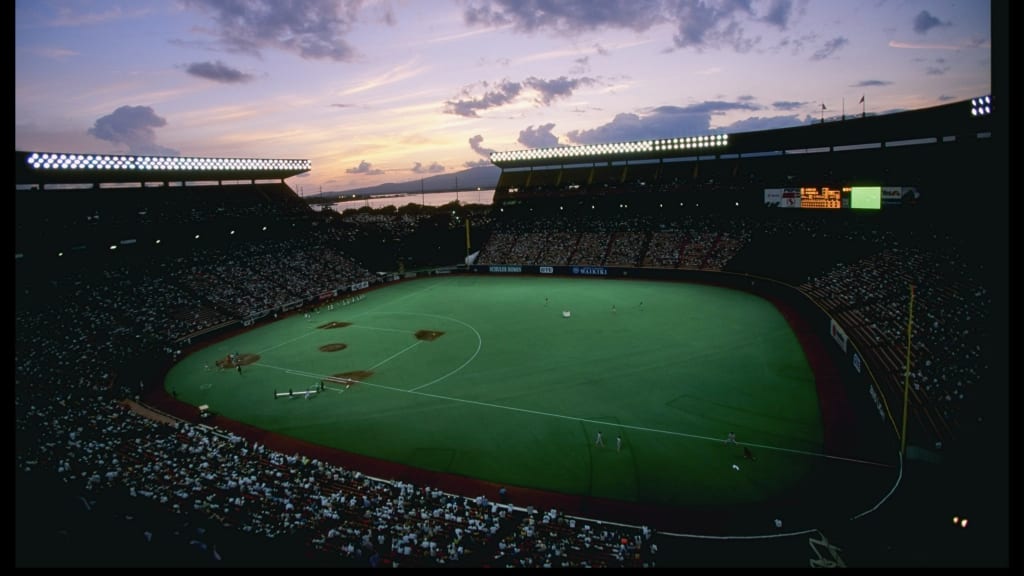
“You’re reminding me now of the fond memories,” former Hawaiian Winter Baseball League owner Duane Kurisu told MLB.com. “We carried a vision that went beyond baseball. … We felt that our role could be to develop the tools of Aloha, which included characteristics like trust, confidence, character and community.”
------------------------------------------------------
The beginnings
Today, there are popular winter baseball leagues in Mexico, Puerto Rico, the Dominican Republic and Venezuela, but from 1993-97 and then again from 2006-08, there was the short-lived Hawaiian Winter League. Players from the U.S., Japan and Korea descended on tiny whaling towns like Lahaina and the tropical rain forests of Kauai. They stayed in beachside hotels, they played baseball in front of warm, welcoming crowds and they, um, ate a lot of pineapples?
“Pineapples,” former big leaguer and BeachBoy Daniel Murphy told MLB.com. “They offer them everywhere, even in McDonald's.”

The league was founded by Kurisu, who fell in love with baseball playing pickup games on sugar plantations along the north shore of Hakalau. It was “like in the movie 'Sandlot,'” he says.
Hawaii worked with Major League Baseball, the KBO and the NPB to get the top prospects and players out to the islands during the months of October to December for a 40-game season. Kurisu saw the league as a chance to showcase Hawaii as a home for pro baseball and, more importantly, a way to bring together a mesh of cultures and people through the greatest game in the world.
“MLB and Asian baseball has great synergistic opportunities that can help bridge political and economic boundaries," Kurisu says. "With HWB, it was not MLB vs. Japan vs. Korea. The players from different countries were mixed and they played together for their adopted cities in Hawaii.”
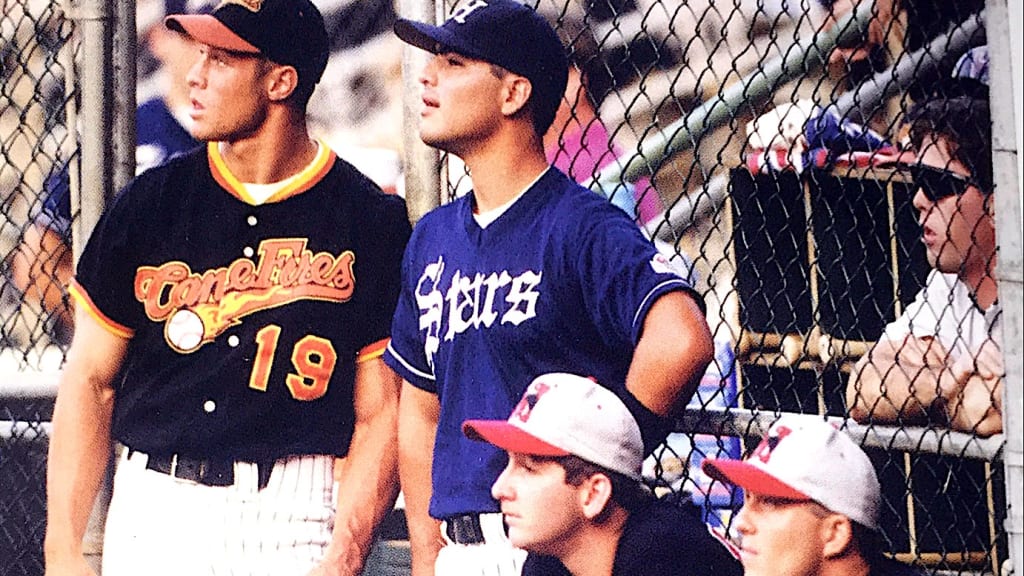
From '93-'97, those cities were Hilo (Stars), Honolulu (Sharks), Kauai (Emeralds), Maui (Stingrays) and West Oahu (Canefires). After funding issues caused the league to shutter following the '97 season, Kurisu brought it back from '06-'08 with the Canefires, Sharks, Waikiki BeachBoys and North Shore Honu.
The players
Rosters ended up featuring scores of future Major League talent: Jason Giambi, Buster Posey, Derek Lee, Lorenzo Cain, Ian Desmond, Aaron Boone, So Taguchi, Dexter Fowler and Matt Wieters were just some of the 157 Hawaiian baseballers who eventually made it to the big leagues.
The most legendary name? Ichiro.
"Ichiro, man. His name would keep popping up throughout," Kurisu says. "It was from Day 1. One day I was with some farm directors, they said you gotta look at this kid. Here was this small guy hitting bombs. This was the first inkling of who Ichiro was. I saw it in BP. He was hitting things beyond these warehouses that were over 450 feet away."
(There are rumors of a 500-foot Ichiro home run, but Kurisu hadn't heard of it happening in a game.)
Ichiro's stint in the Hawaiian Winter League helped launch him into a sensation. His Japanese manager had sent him there to change his swing and return the next season a new player. Ichiro did the opposite.
From "Boys of Winter," by Don Chapman:
"Instead of learning a new swing while he was with the Stars, Suzuki honed his unique style. And he kept swinging a coal shovel, the only training aid he has ever used. That may explain his unusual swing. But nobody could argue with the coal shovel's results. In Hilo, Suzuki hit .311 (second in the HWBL behind future Dodger Chad Fonville's .370), was third in RBI (24), second in stolen bases (14) and was named the league's MVP."
The next year in Japan, 20-year-old Ichiro led the JPL with a .385 batting average and became the first Japanese player to reach 200 hits in one season.
Oh, and that Japanese manager who wanted him to change his swing? He was fired.
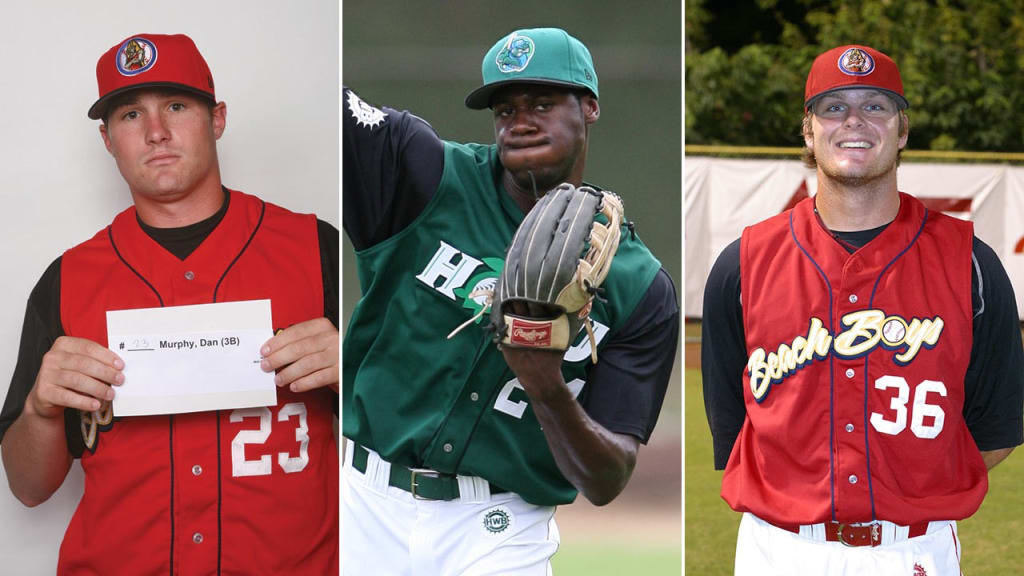
"I hit a home run in like three straight at bats out there I think -- two or three. I had a pretty good stretch there," Murphy said. "I played pretty well so that would probably be my highlight."
"All I remember is I played terrible that year," Cain remembers. "Maybe I hit .230. We had just played a full season and then went out there and played basically a fall league. I was [tired]." (Although Cain's Hawaii stint was poor, his memory is excellent: He hit .231).
Posey led the BeachBoys (along with future pros Yonder Alonso and Todd Frazier) to a winter league title, batting .338 with 15 RBIs.
Giambi played just 19 games for Kauai in '93, but he raked -- hitting .342 with 5 HRs and 14 RBIs. Look at the smirk on his baseball card. He knew he was going places.
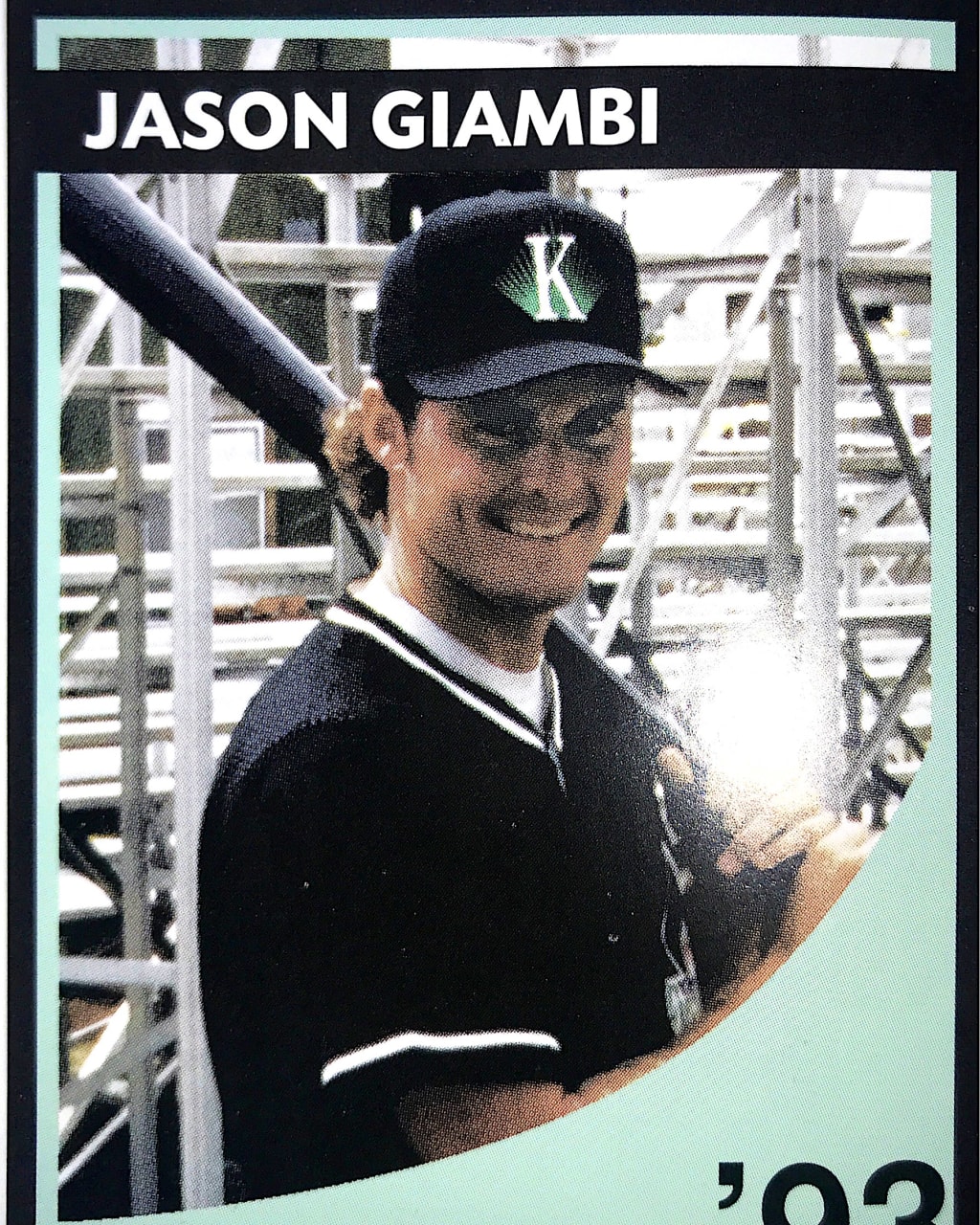
Hawaii native Benny Agbayani played three seasons in the HWBL, but the Mets' Minor Leaguer wasn't even on anybody's radar when the Honolulu Sharks came calling in '93. From "Catch the Dream" by Lance Tominaga:
"In 1993, we asked the MLB Commissioner's Office for Benny," the HWB official said. "We wanted him to play in our league. They checked with the Mets organization, and the response was that they had no one by that name. We asked them to check again, and they came back with the same response. Then we called the Mets organization ourselves, and after much rigor, they finally found the name "Benny Agbayani."
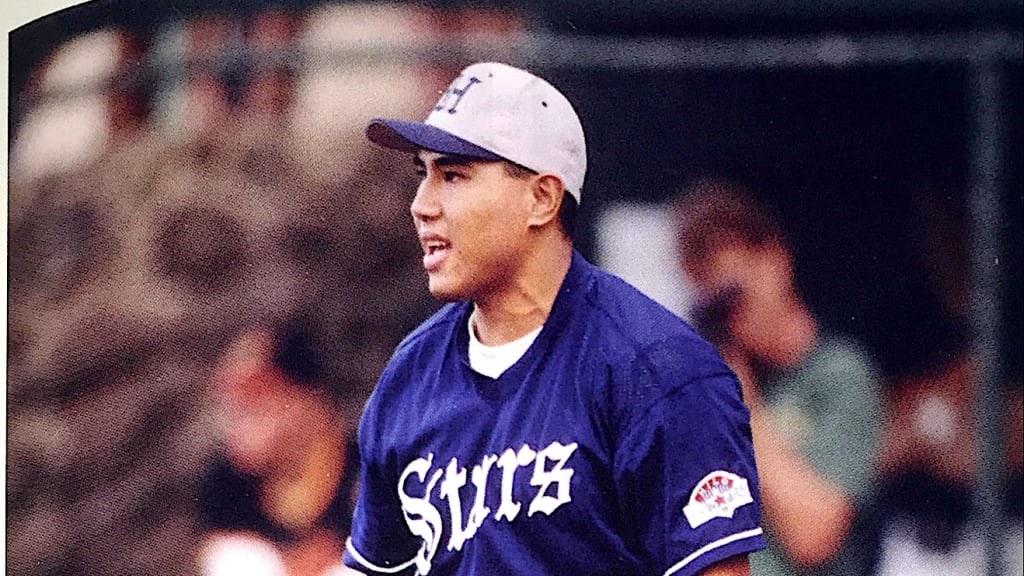
Hawaii League officials weren't sure "what would have become of Benny if he did not play for Hawaii Winter Baseball." Agbayani made a name for himself, leading the HWBL in RBIs (30) in '95, and, of course, becoming a beloved cult hero for the Mets during their 2000 playoff run.
Two women, right-hander Lee Anne Ketcham and first baseman Julie Croteau, suited up for the Stingrays in '94 -- becoming the first female players in an MLB-sanctioned winter league. They had barnstormed with the independent Colorado Silver Bullets the summer before. Ketcham finished the season with a 6.75 ERA and five strikeouts over eight innings. She had struck out 14 in a game for the Silver Bullets -- her small, powerful frame reminding scouts of Tom Gordon.
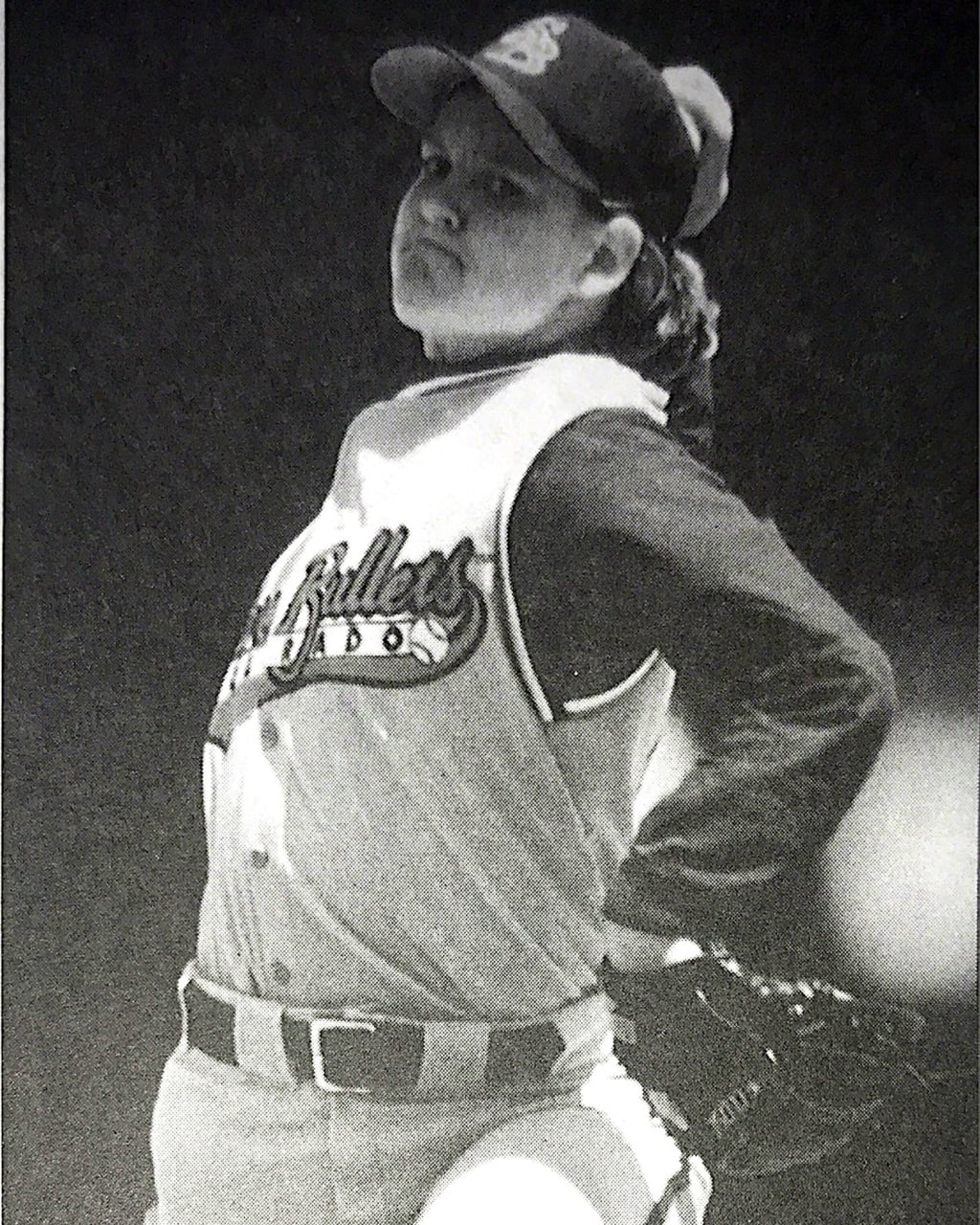
Croteau only batted .083, but she was always better known for her defense, making zero errors in 11 games. "With men and women playing at this level, I believe it will spark little girls to play baseball," Croteau said in "Boys of Winter."
The logos
The players, of course, are important to promoting a new league, but so are the logos. So are the team names. And the Hawaiian Winter League had some of the best.
"There were two logos that, as I recall, New Era said were in the top 10 nationally during the time," Kurisu said. "One was the Maui Stingrays and the other was the Honolulu Sharks."
Just look at some of these beauties.

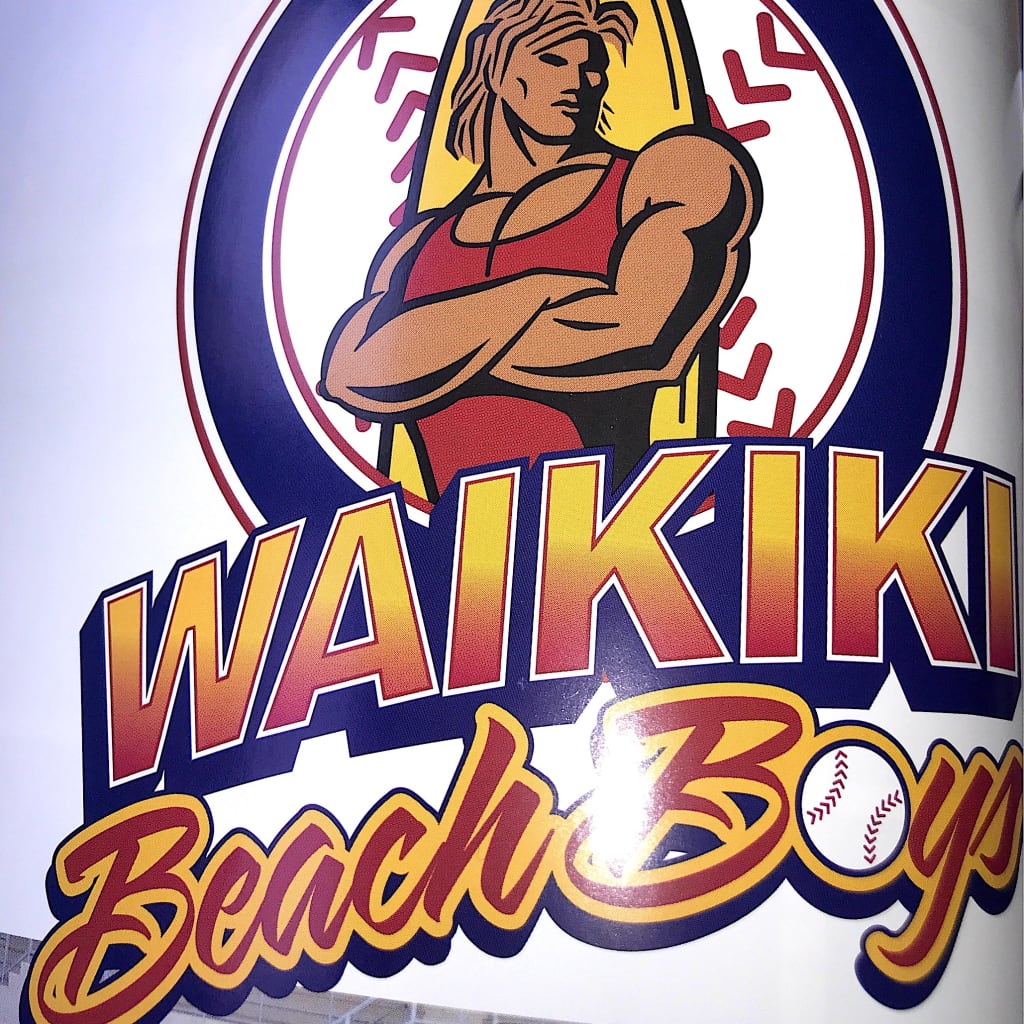
Kurisu hired well-known Hawaii firm Synergy Design to work up all the branding.
"It was sort of like being called up by a country and being asked to invent their flag, state seal and currency," lead designer Alan Low said in "Boys of Winter." "Do you know how hard it is to draw a stingray throwing a baseball?"
Some team designs were meant to represent the characteristics and values of their corresponding towns. Hilo was a traditional, All-American city with incredibly clear skies at night, so the Synergy team went with Hilo Stars -- the colors being red, white and blue. Kauai is very green and jewel-like, so the team was nicknamed the Emeralds. Other names and logos "were just fun," says Low. See the Sharks or West Oahu Canefires.
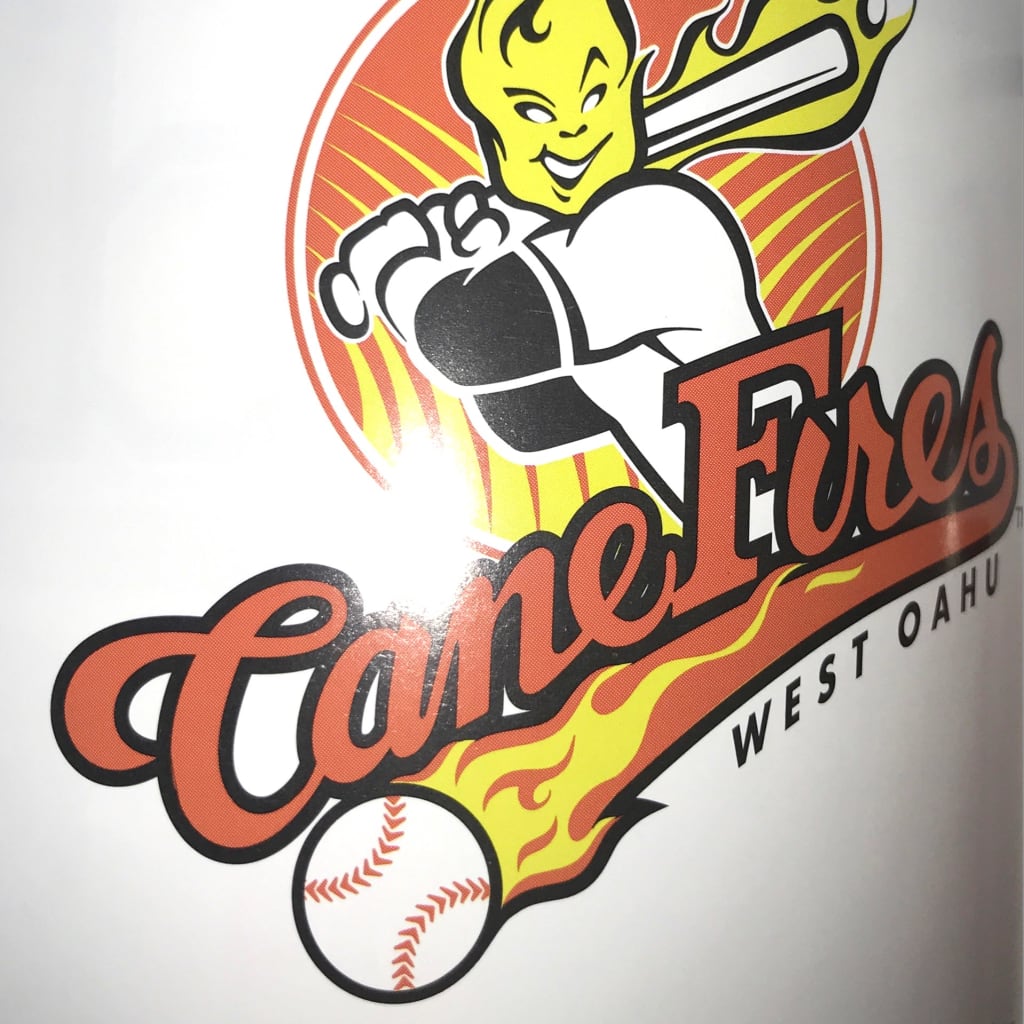
"We also forced the umpires to wear Aloha or Hawaiian shirts," Kurisu says, laughing. "The regular Hawaiian garb. But it only lasted half a season. They were reprimanded by the umpire association or someone. It was pretty neat, you know? Can you visualize it?"
The stories
But what happened off the field? What did players do when they were outside the stadium? They lived in paradise for two months -- how did they spend it?
Murphy nearly saw his teammate get thrown in prison.
"We were in Waikiki Beach so you were never too far away from the ocean no matter where you stayed with it. I had a teammate pick up a sea turtle, and a local told him you get in big trouble for that -- can't touch the sea turtles around there. Big trouble. Against the law, apparently."
Cain witnessed a Halloween parade he's never seen and probably will never see the likes of again.
"I think we had a day off a week. Every Thursday or something like that. I was too young to go out and get in the clubs, so I basically went to the beach with buddies. That’s it. Hung out at the beach. One thing I really remember was Halloween over there. I sat on my stoop and watched. They closed down the whole street and just thousands of people were walking around, dressed up. That was really memorable. It was a thing there. I had never seen anything like that. I just sat on the stoop and people-watched."
Drew Butera, who played for the North Shore Honu with Cain in '06, saw Bobby Parnell get pulled off his surf board by a shark. Kind of.
"We went surfing one time and got into a pretty funny situation," Butera said. "In between sets, Bobby Parnell had his ankle leash grabbed and his board tilted down into the water. We all freaked out instantly because we thought it was a shark. We all thought, 'We're going down.' After about a minute of total panic, the leash let go and we saw a turtle swim away."
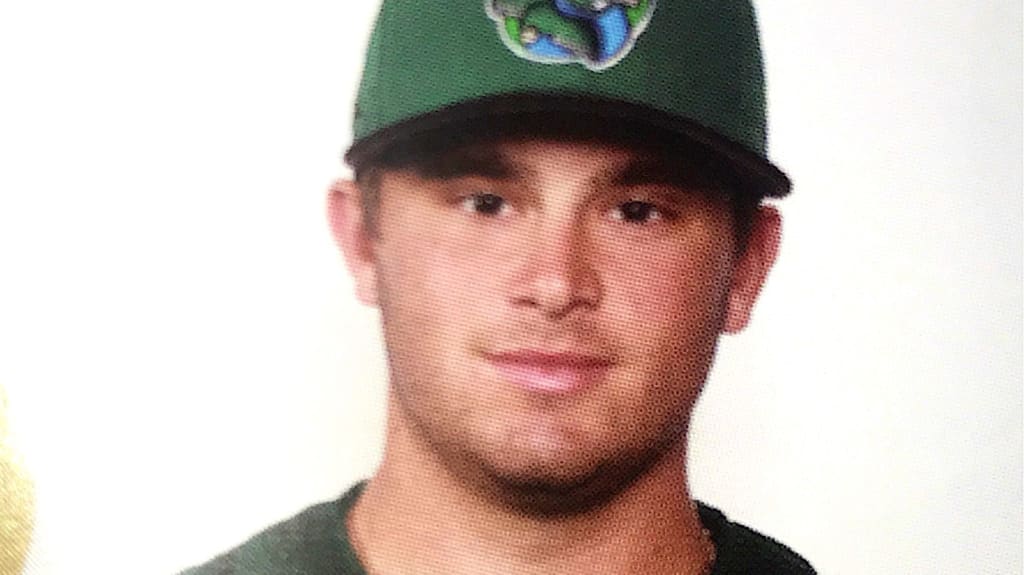
Kurisu recalled other players who took advantage of the unique experience.
"Chris Widger loved this place -- he boogie-boarded every day," he said. "Kids would hike, some of them learned to swim here. R.A. Dickey home-stayed with a family on the big island in Hilo and the family still talks with him today. Dickey would want to go with them to these different school activities, singing and dancing at Lei Day celebrations."
Players took day trips to deep-sea fish, trap prawns and pick opihi (a tiny shellfish that lives on the side of rocks in northwest Hawaii).
"One year, we kalua-ed a pig," Kurisu says. "We actually built an imu [pit oven] at Hans L'Orange [Park] on the other side of the left-field fence. That was a great experience for the players."
But one of the best examples of teams catching Kurisu's "Aloha" spirit was during a Thanksgiving beach-feast in 1994. The team was the Maui Stingrays, made up of players from three different countries and cultures -- future pros like Takashi Ishii, Koji Tahara, Quinton McCracken and Craig Counsell. The players put turkeys into a big imu in the sand and paddled canoes out to nearby islands -- talking and laughing deep into the evening as a Hawaiian band played.
You can almost picture yourself there, toasting to a warm sunset disappearing behind the Pacific.
Kurisu says he's ready to revive Hawaii winter baseball whenever MLB asks him to do so. I have a pretty good feeling we all are.
Special thanks to MLB.com's Adam McCalvy and Thomas Harding for their reporting
